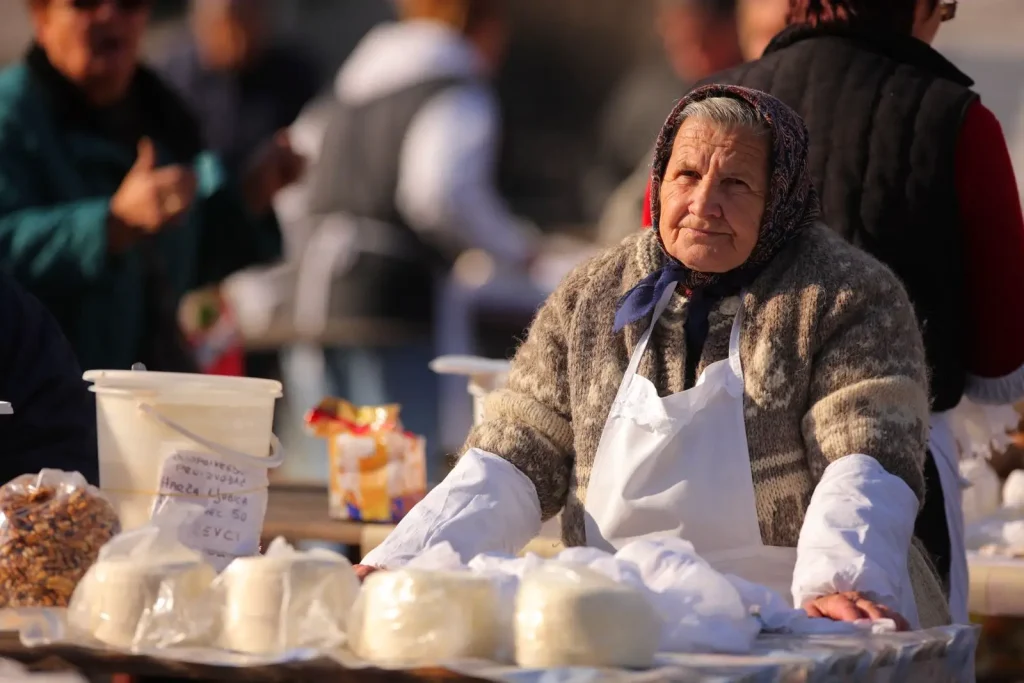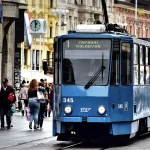As Poslovni Dnevnik/Ana Blaskovic writes, forecasts that the Croatian economy will have its “handbrake” pulled as the end of the year approaches have begun to come true. After experiencing impressive growth of 7.8 percent in the first and 8.7 percent in the second quarter of this year, the annual domestic GDP growth rate in the third quarter stood at 5.2 percent. Although there have been strong quarterly dynamics, certainly among the better ones in Europe, the problem is sliding downwards. Seasonally adjusted data shows that compared to the previous quarter of 2022, growth slowed by 0.4%, suggesting that the Croatian economy entering a difficult and uncertain 2023.
The all important three months of summer show the positive contribution of all components, at least when it comes to the domestic component. As expected, personal consumption with +5.6 percent and investments with an increase of 8 percent lead the way, while the state’s contribution was a slightly positive 1.3 percent. The negative contribution to growth came only from net exports, as imports with a 30.5 percent increase exceeded exports with a 30.5 percent increase, but this is nothing unusual when tourism demand is booming.
While the quarterly growth figures outline an excellent tourist season, some will note that real GDP expectations were even higher if the precision of inflation coverage is taken into account. In other words, if the real price rise is to be assumed to be higher than what government statistics manage to capture (given the changes in behaviour and consumption patterns that go hand in hand with a prolonged period of high inflation), the GDP growth rate could have been better.
This year, summertime optimism and tourist euros that place an alluring but perhaps not quite accurate shine on the Croatian economy’s results, can’t camouflage the echoes of the fall in industrial production, retail sales and construction at the quarterly level. This year, the Croatian economy will draw the line under that previously rather reassuring GDP growth of 5 to 6 percent.
At the same time, there is more and more irrefutable evidence that out-of-control inflation is dangerously eroding peoples’ purchasing power, narrowing the room for maneuver for companies to amortise cost shocks and shut down orders, meaning that a real recession is increasingly likely to be knocking on Croatia’s door in 2023 as well, even without the further escalation of the war in Ukraine and the spiralling energy crisis.
For more, make sure to check out our dedicated news section.












